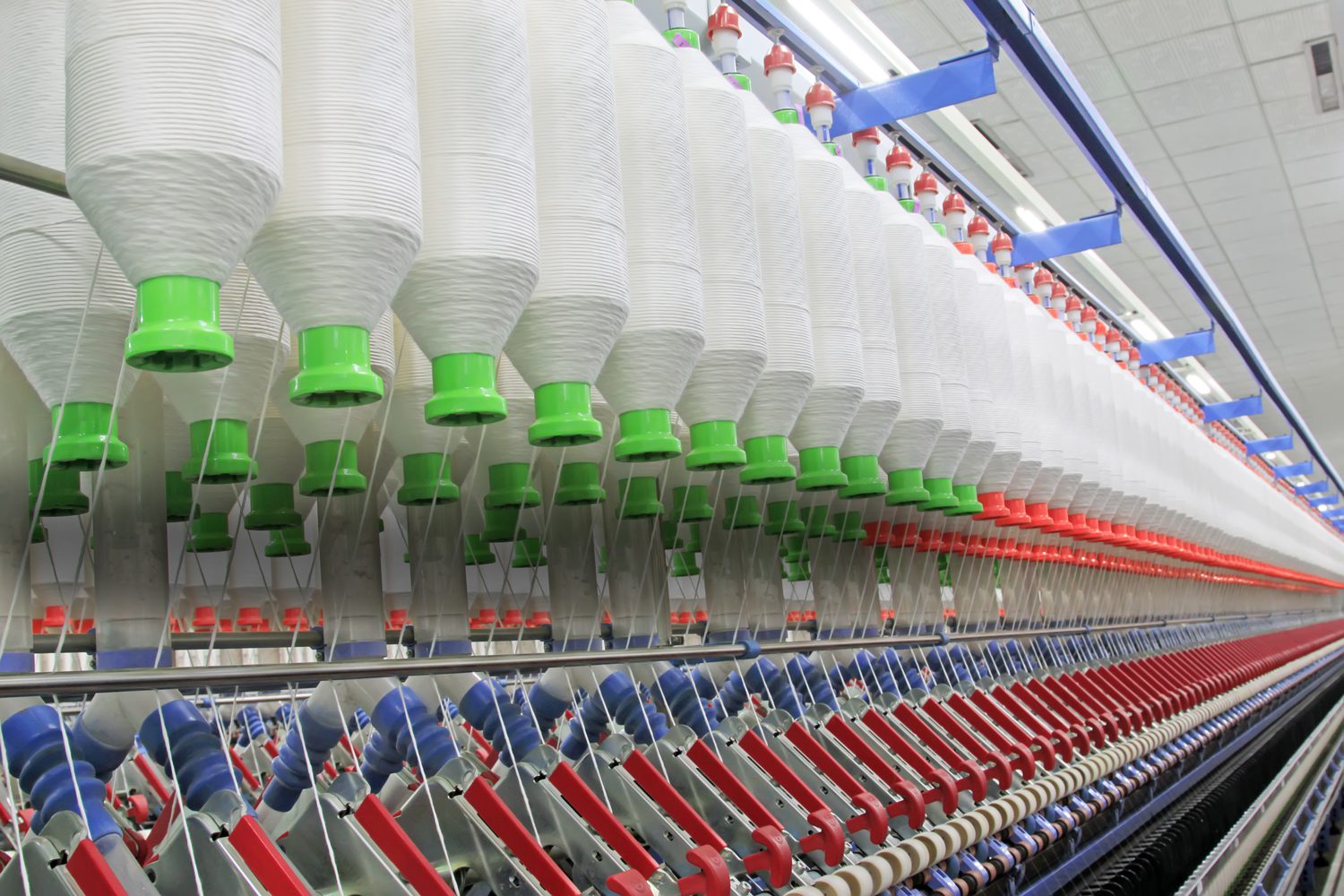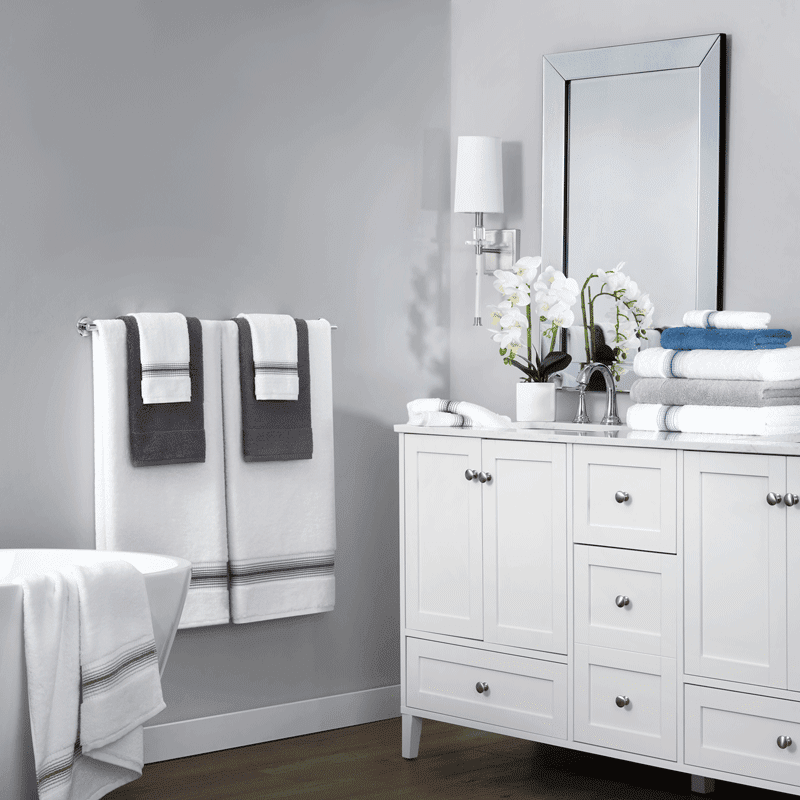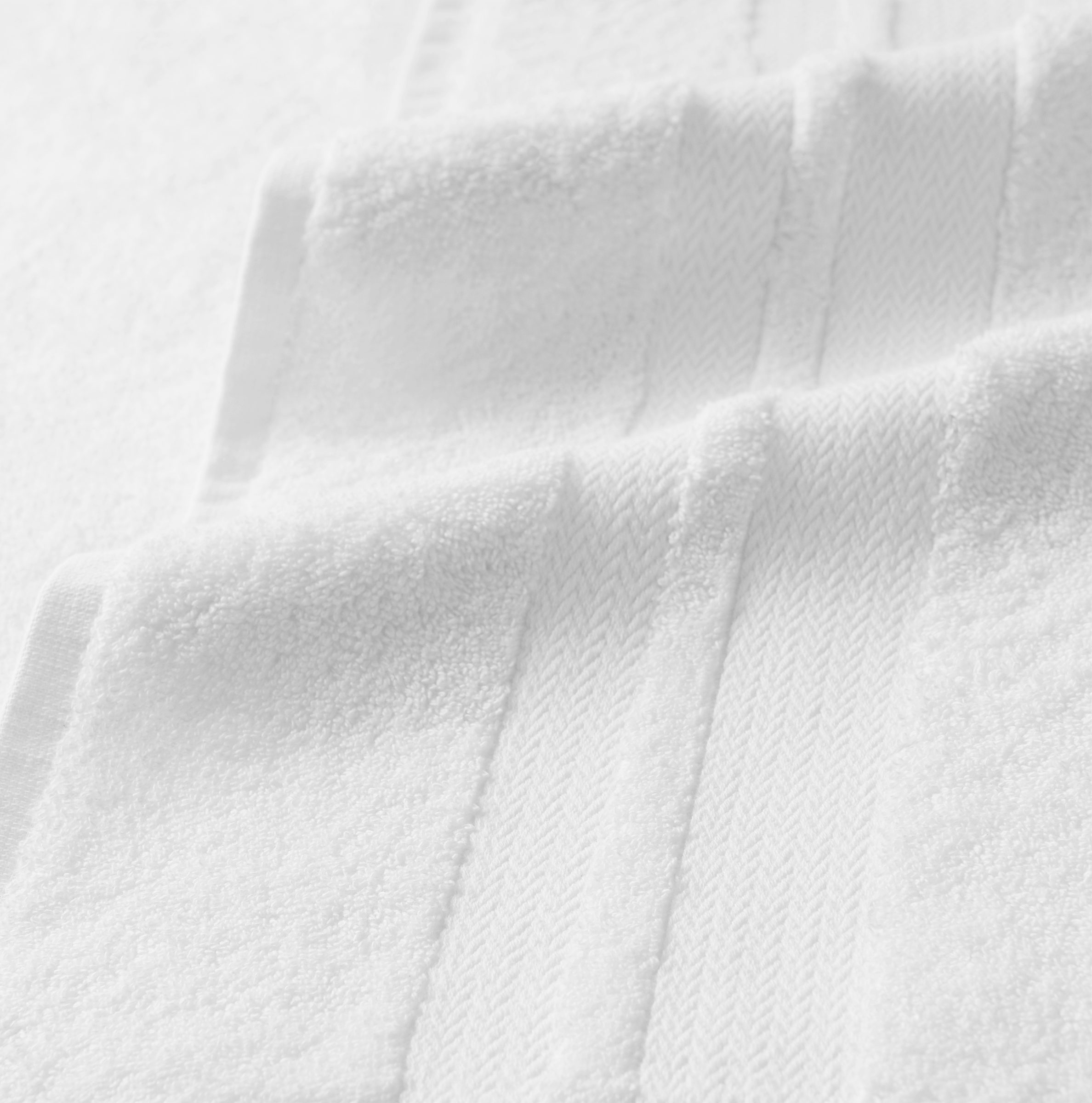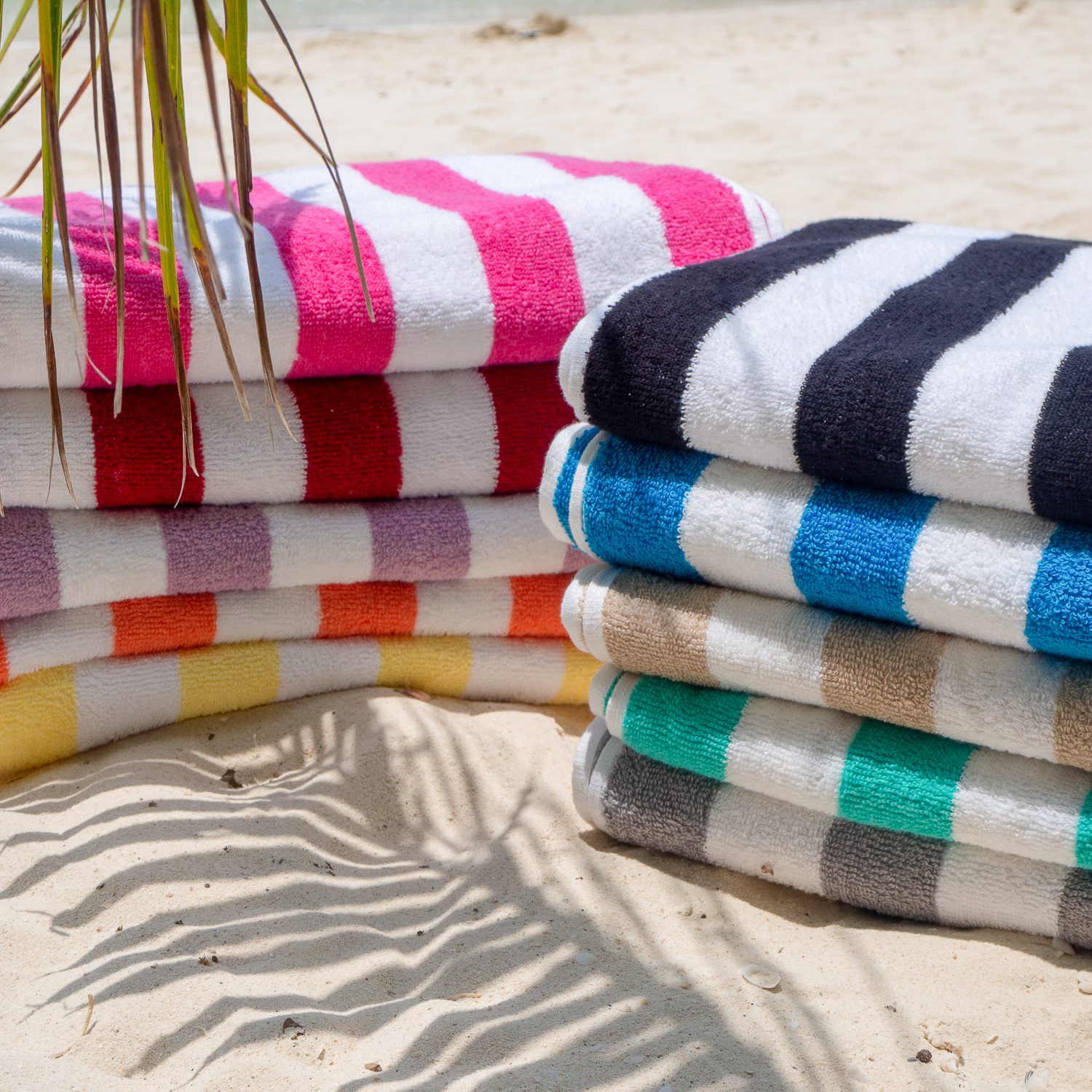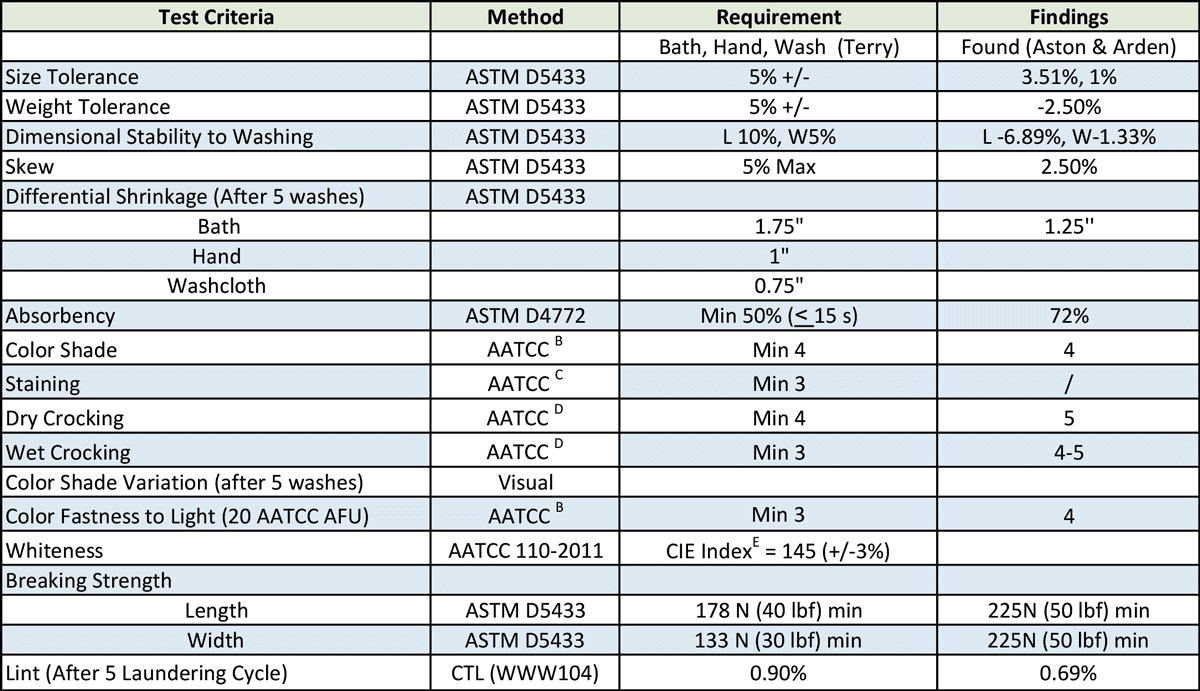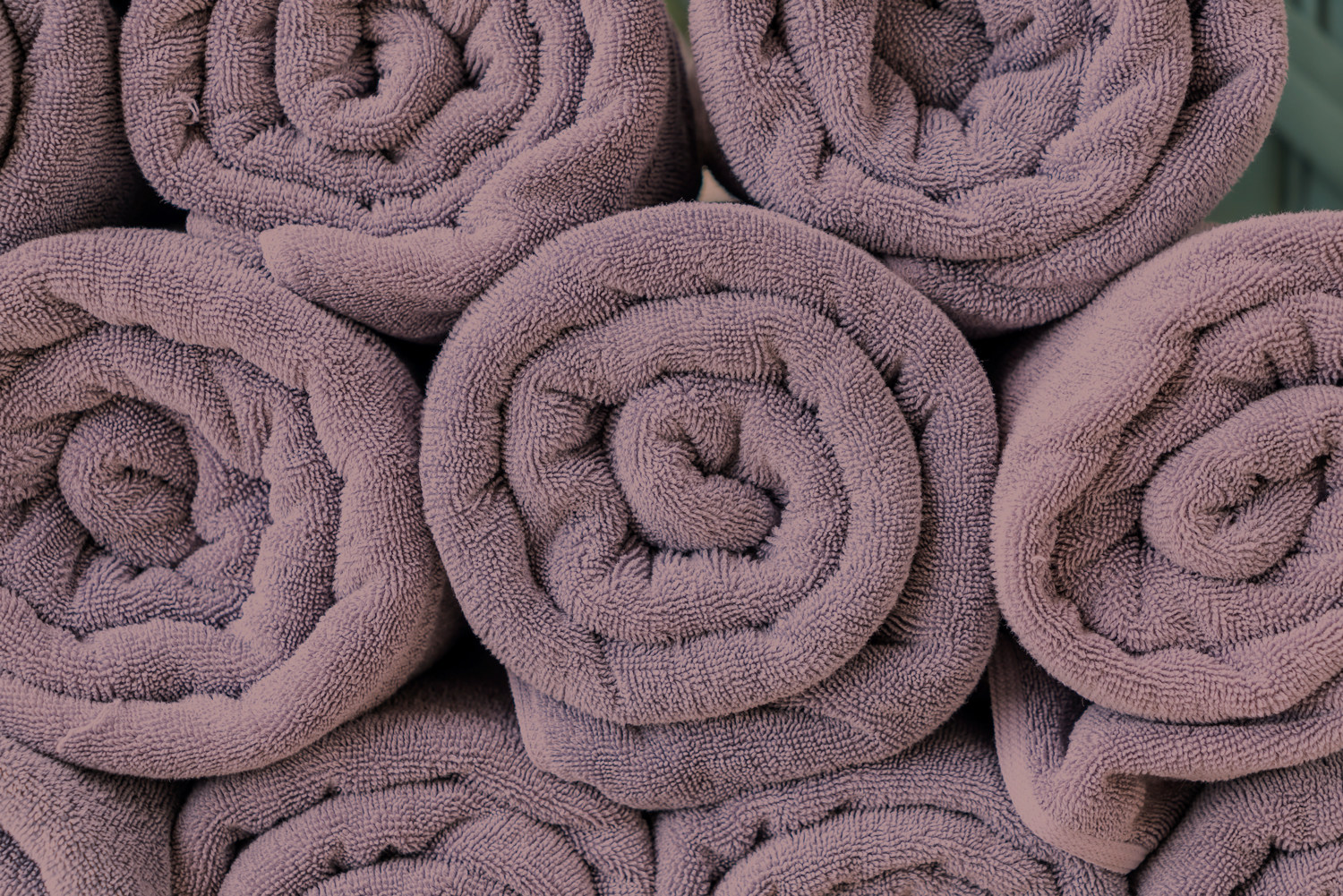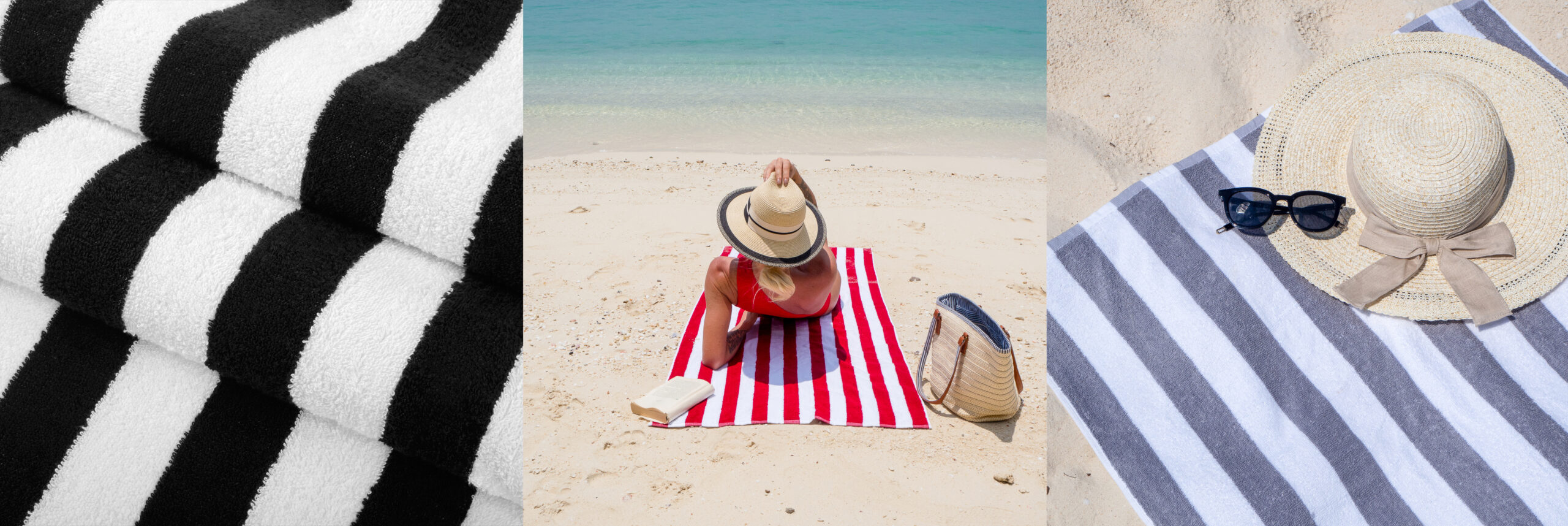What defines quality in manufacturing wholesale textiles?
The quality of a product is said to be good if it satisfies specific requirements that make the product serve its purpose to the satisfaction of the customers who would buy it. Depending on the buying demographic, those requirements may include functionality, strength and durability, longevity, size, and appearance. In this blog we will discuss the importance of following the ethical practice of diligent product testing for our wholesale towels, sheets, blankets, and hotel linens.




